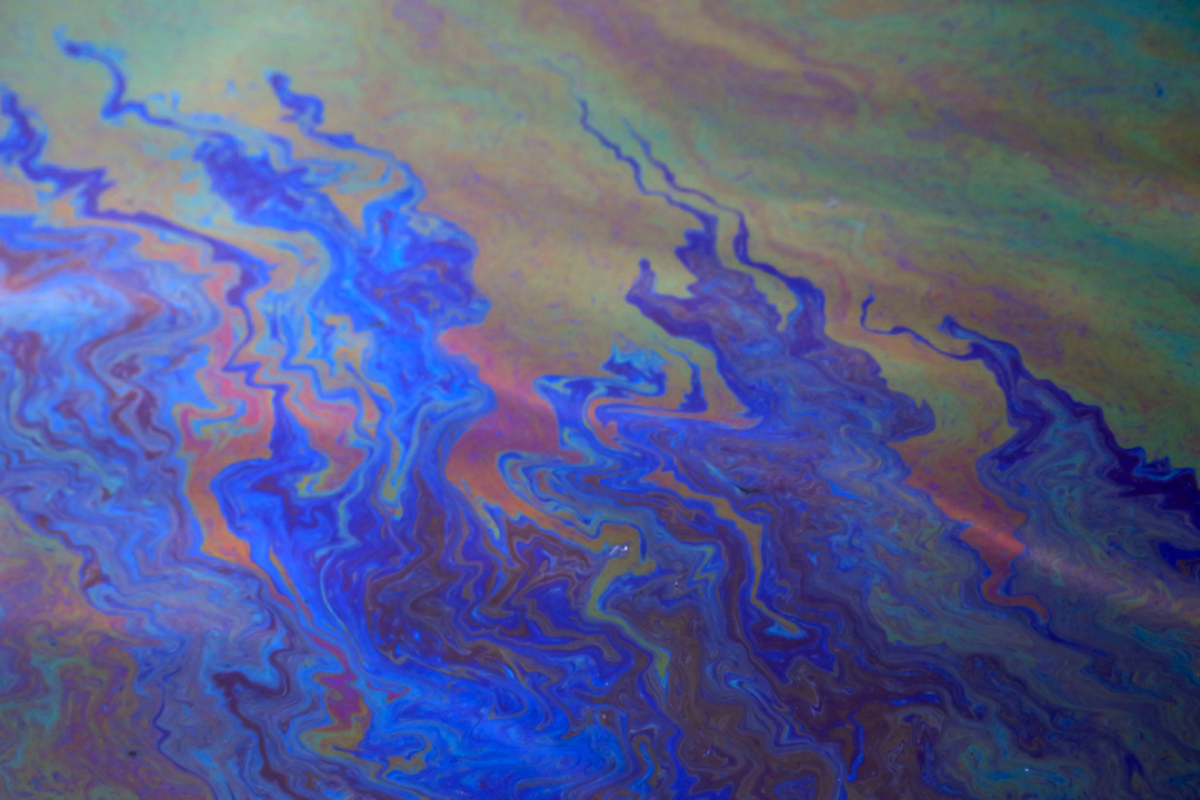In 2020, when researchers were just beginning to return to the lab after pandemic lockdowns, Earth scientist Roman Barco was interested in microorganisms called ammonium-oxidizing Archaea. The environmentally important microbes play a significant role in processing nitrogen into different forms in nature, and Barco was looking for a site where the microorganisms lived. He thought of the wetlands near Huntington Beach, where the brackish water might provide them a welcoming home, and reached out to the conservancy there. With their permission, he collected some samples.
The following year, on Oct. 1, 2021, tragedy struck the area: A damaged pipeline connecting an offshore oil rig with the shore ruptured, pouring 25,000 gallons of crude oil into the ocean. Large amounts of oil seeped into saltwater marshes near where Barco, assistant professor of Earth sciences at the USC Dornsife College of Letters, Arts and Sciences, had been working the previous year.
Barco saw the news of the spill, and though dismayed by the disaster, he immediately realized the potential for science. After all, he already had samples from the area.
So he contacted John Villa, the director of the Huntington Beach Wetlands Conservancy, and asked for permission to collect more samples after the spill. He knew it would be valuable to compare the samples from 2020 with samples taken after the spill and understand what was happening to the microbial communities in the wetlands.
Barco received permission and collected samples right away — and then returned a month later, a year later, and two years later. He’s collected more than 100 samples already with the help of PhD student Juliann Panehal, former PhD student Celeste Lanclos ’23 and biochemistry graduate Zachary Pifer ’22.
Now, supported by a grant from USC Sea Grant recently awarded to Barco and the late Jan Amend, professor of Earth sciences and biological sciences, Barco will analyze the samples and continue to study the area to understand how microbes can be an indicator of overall ecosystem health. The funding will allow him to continue monitoring the site until 2026.
